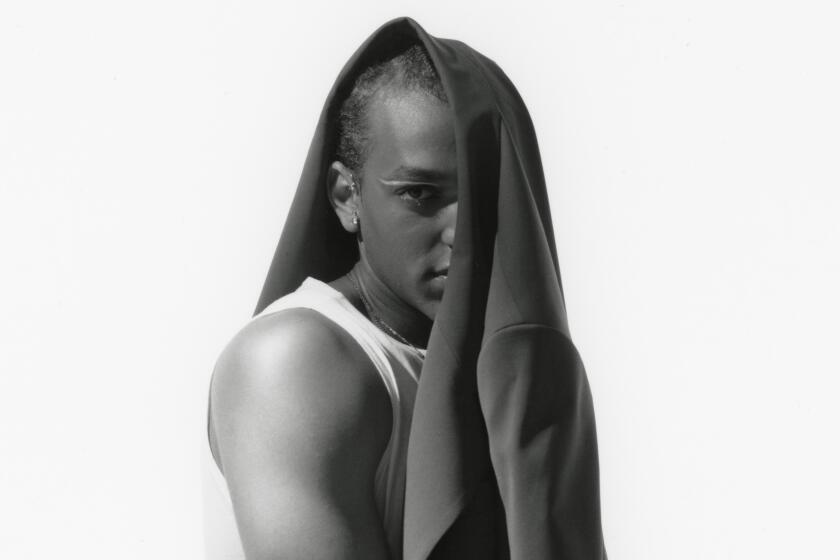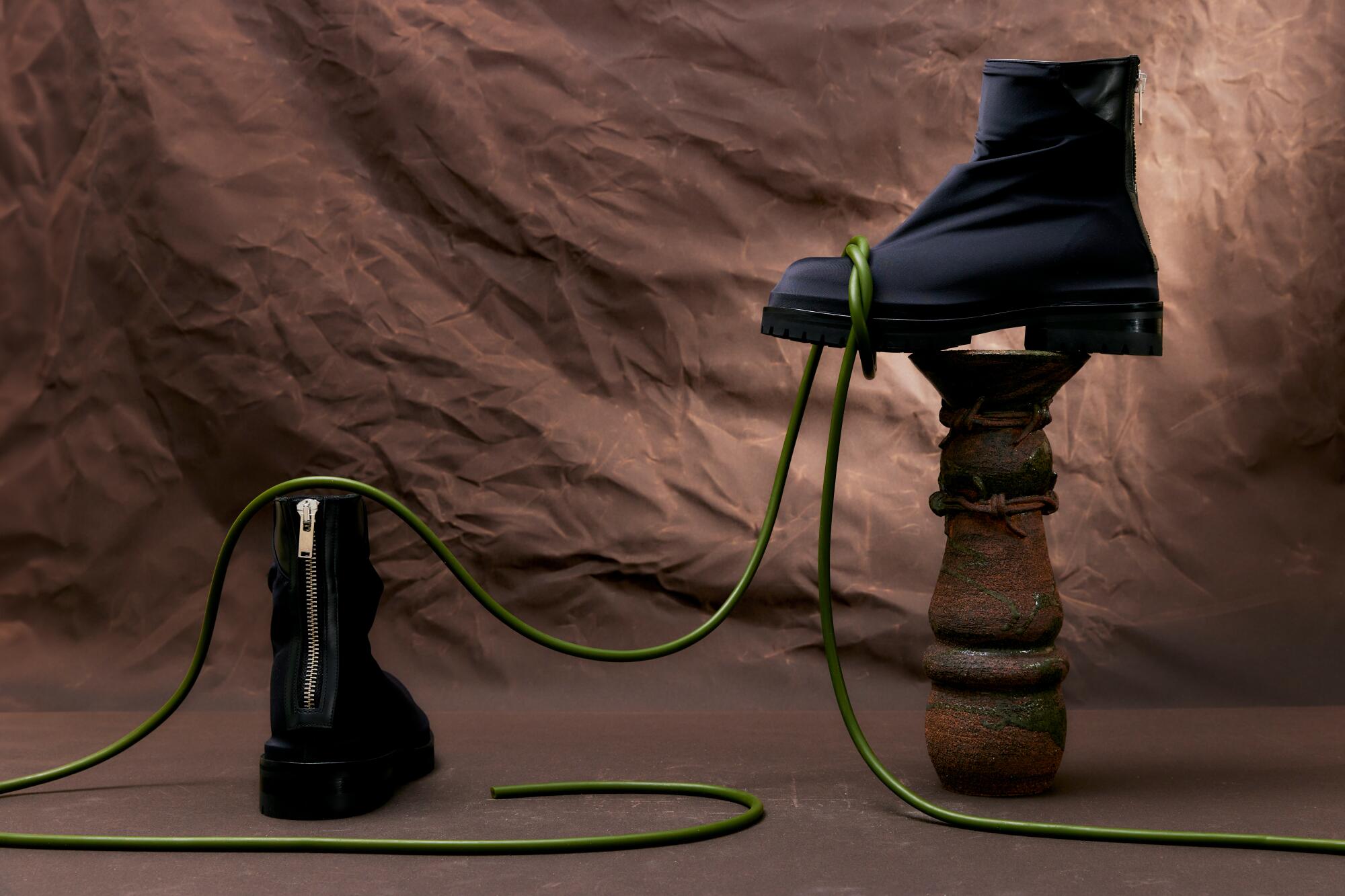
- Share via
This story is part of Image’s October Luxury issue, exploring what luxury really means to artists, designers, aestheticians, architects and more.
In the 2005 Chanel miniseries “Signé Chanel,” French filmmaker Loïc Prigent offers an unprecedented inside look at the storied luxury fashion house. In one scene, the film ventures to a farm in rural Paris, home to an elderly woman who, utilizing a handmade loom, was the only one capable of weaving the trim on Chanel jackets at the time. According to the documentary, Chanel sent interns and seamstresses to the farm in many failed attempts to master the woman’s technique — but only her hands were capable of such finesse. This scene comes to mind for Steff Yotka, newly appointed Global Editorial Director for I-D magazine and former head of content at luxury e-commerce platform Ssense (and also my former colleague), when I asked her about the evolution of luxury fashion. “It’s luxurious because every jacket is a piece of art,” says Yotka.
In the nearly 20 years since Prigent’s Chanel documentary, we’ve entered a totally new luxury landscape. Luxury e-commerce retailers are battling it out — when news broke in March of this year of London retailer Matches closing, its offloaded merchandise from brands like Dries Van Noten and Rick Owens found its way to Walmart marketplace to the surprise (and outrage) of some. Economic uncertainty and inflation have forced luxury’s behemoth parent companies like LVMH and Kering into a juggling act of new creative directors, international expansion, price hikes and excess inventory, while resale sites make maintaining product exclusivity and legitimacy a tough task.
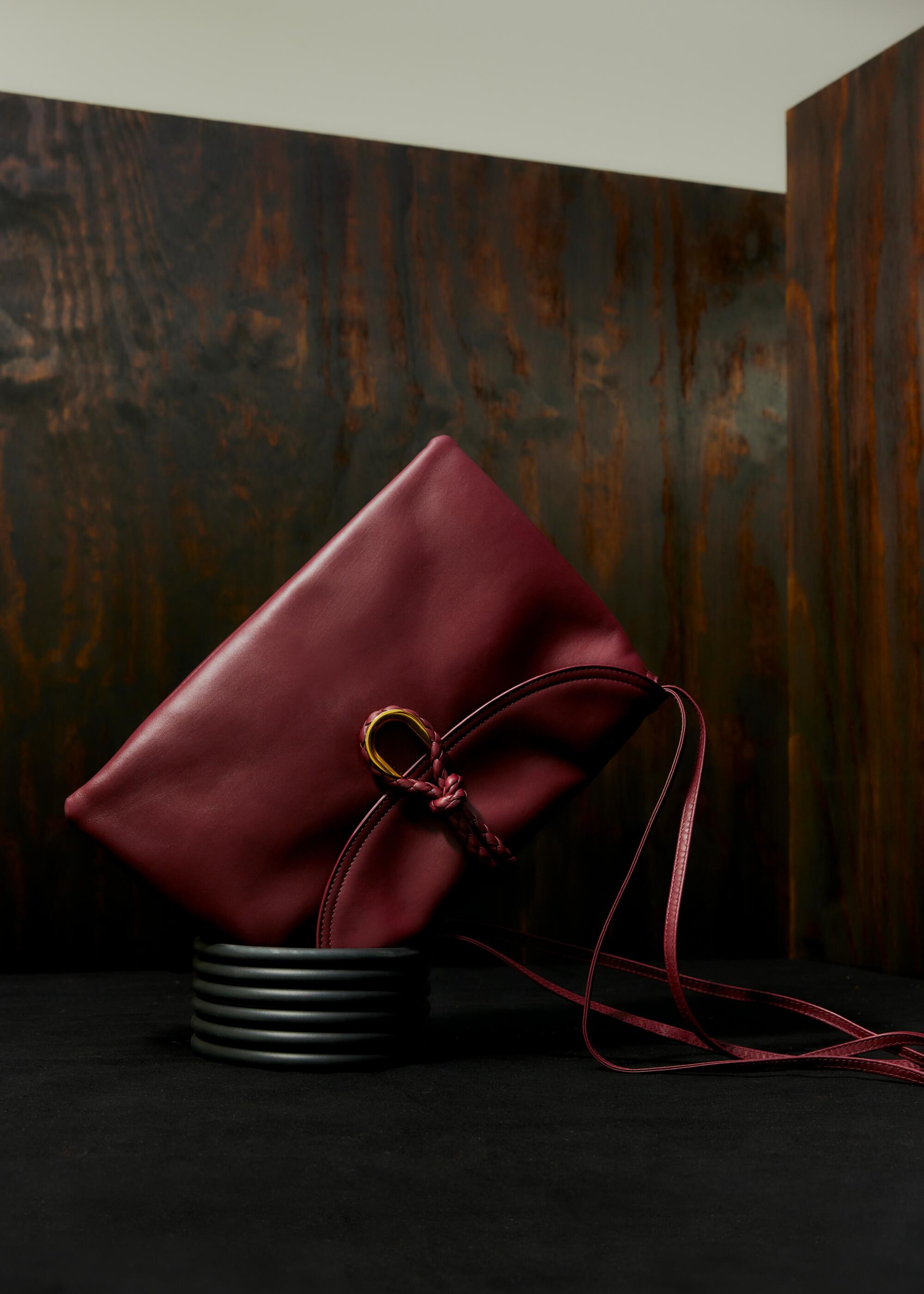
In a saturated market, it’s easy to feel like the days of bespoke craftsmanship and artistry as depicted in Prigent’s film are behind us, replaced with expensive graphic tees, sneakers and more products than we can consume. Once strictly reserved for high-fashion houses and the uber-rich, luxury fashion is more culturally ubiquitous and accessible than ever via social media and resale platforms like the RealReal, Poshmark, eBay, Grailed and Depop. The term “luxury” is actually just as subjective as it is sentimental, and despite economic instability, luxury fashion is simply everywhere today.
Fall/winter 2024 finds us (yes, still) firmly in the “quiet luxury” era, as defined by brands like Khaite, Bottega Veneta and the Row. It got me thinking: What does the word “luxury” even mean? This may seem like a silly question, but at a time of skyrocketing prices, market saturation, widening class disparity, climate change and international tumult, it left me wondering how those within the fashion industry relate to the concept of luxury on a personal level. Does it still sparkle and shine? How does it fit into their daily lives? What does it represent? How do they metabolize the luxury trend cycle?
My relationship with clothes feels like a constant compromise: an acceptance that it will never quite be good enough.
Beneath the surface, luxury’s long-standing appeal is often about a sense of belonging. Yotka recalls her first luxury fashion purchase: a Spring 2004 Marc by Marc Jacobs T-shirt that she got at the opening of the Bloomingdales in SoHo. “It felt so luxurious because at that time in fashion it was really Marc Jacobs’ world,” she says. “To me, that T-shirt symbolized a whole universe that I wanted to be a part of. Whether it cost $5 or $500, it still would have felt like a luxury.”
For Guillermo Andrade, founder and designer of cult L.A.-based menswear label 424, a professional player’s edition of soccer cleats was the first item that shaped his personal definition of luxury. “They looked the same as everyone else’s cleats, but they smelled different and when you put them on you felt different,” says Andrade. “They were the first thing I considered to be a luxury, because I didn’t actually need that model of cleat to play soccer, but they were the ones I desired and wanted,” he continues. “To me, that’s the difference between mainstream consumer goods versus luxury goods. The cleats signified something that I wanted to be a part of.”
On an aesthetic level, while logos used to reign, the luxury labels that best capture the zeitgeist today are mastering a more subdued — but, importantly, not boring — design POV informed by personal style. “I think the period that we’re in now is about finding the beauty in everyday things,” says Yotka. “You see it at the Row with the most beautiful trench coat, cashmere sweater or ballet flat. You don’t want to change your whole life or become a different person every day, you want to be a slightly more put-together and fabulous version of who you already are.”
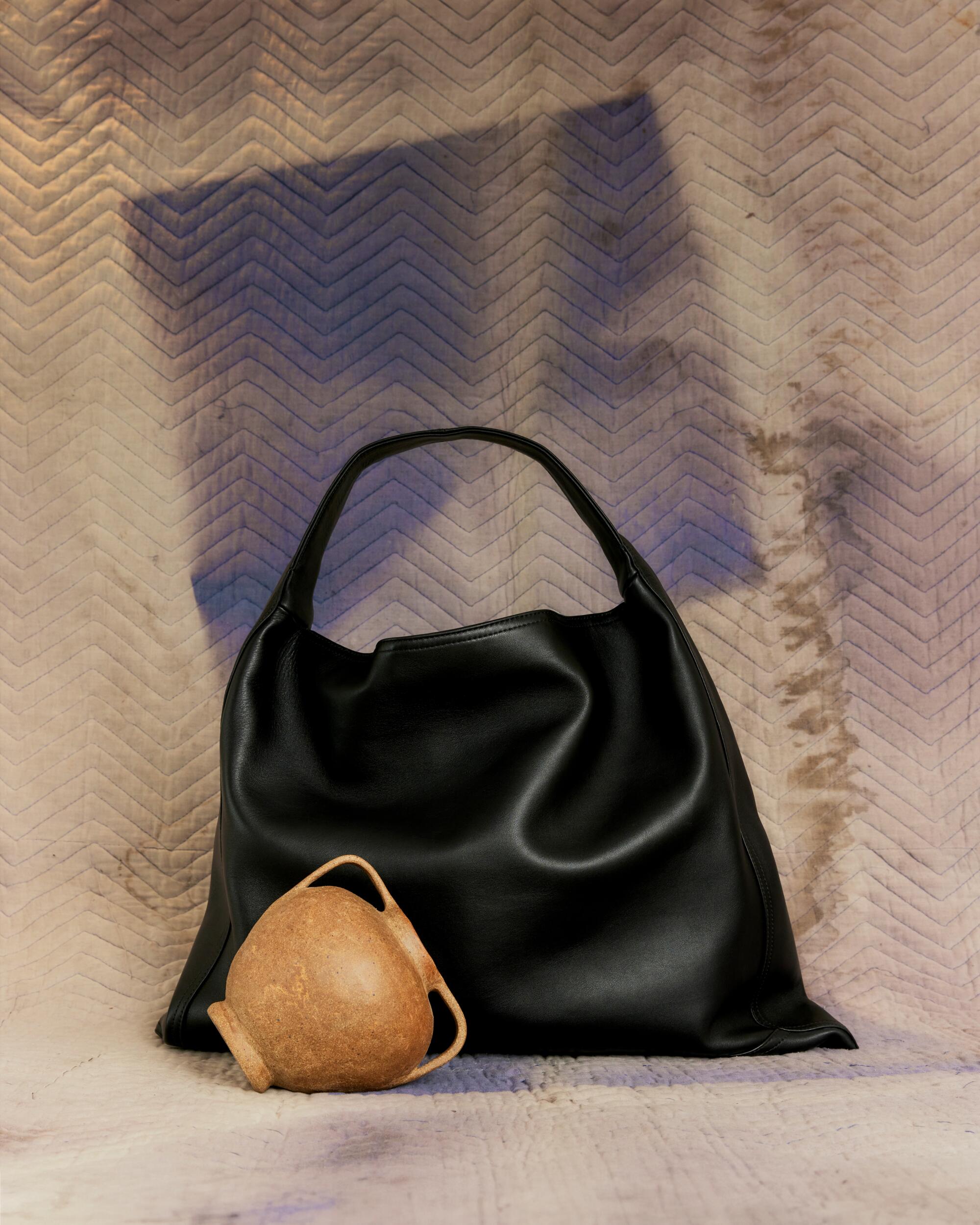
This fine-tuned, everyday uniform approach appeals to Daniel Pacitti, curator with vintage shop 194 Los Angeles and co-founder of the made-in-USA clothing label Cease. “I don’t buy things very often anymore, I think we all buy too much,” says Pacitti. “But I made a new friend in Tokyo recently who has a brand called A.PRESSE, and I bought a hoodie from him. The fit and wash technique is great, and that to me is more luxurious than a Louis Vuitton hoodie.”
Quality still makes a luxury purchase worth it for many, but with so much shopping taking place online, it takes more vigilance to discern a well-made garment. “Nothing is worse than a kid saving up their money to buy something like I did when I was 15, and then getting home and looking in the mirror and it’s a massive letdown,” says Andrade. “I respect people’s money so much, the last thing I want is that ‘Why did I buy this’ feeling.”
Mina Alyeshmerni, founder of L.A. shop Maimoun — a store that supports emerging designers like SC103, J.Kim and Super Yaya — agrees. “I think luxury is meant to make your life easier, less stressful,” says Alyeshmerni. “I don’t typically associate [luxury] with material things, since I feel strongly that something that is well made and will last you years should be within reach.”
Working in fashion can be especially illuminating, even sobering. “I’ve learned that a lot of luxury isn’t actually luxury,” says Pacitti. “When you learn about manufacturing, you realize that most of it is made at the same place, at the same factory and with the same fabrics, but luxury doesn’t have to be something that’s expensive. I’ve been to places like India where you’ll find someone on the side of the road hand-stitching something. It’s the same level of work as someone in the Dior atelier except their work is on a runway. Some people’s labor is worth more than others.”
“Maybe it’s because of how I grew up, but I f— hate the word ‘luxury,’” says Andrade. “It feels like another tool to keep you down, to remind you what you lack as a person. The ‘You’re not good enough until you buy this thing’ idea. But the thing that keeps me loving what I do for a living is that every now and then you go to a shop and you pick up a product and you’re like, ‘Wow, this is awesome.’ I love how someone’s dream can manifest into a physical product that you can take home. That’s when you truly get to enjoy the craftsmanship, innovation and attention to detail of fashion. All the little quirks that really move you.”
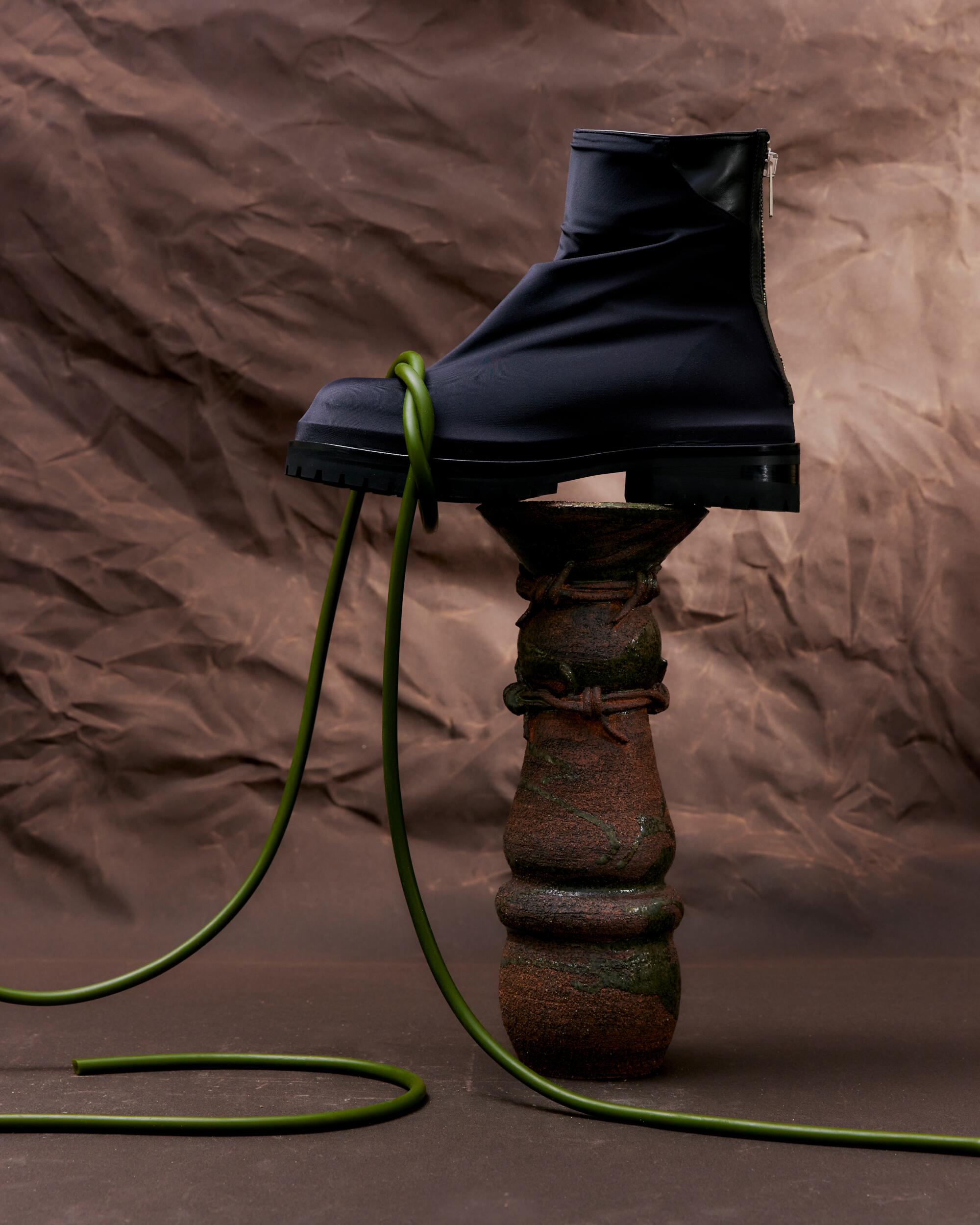
It’s precisely those quirks that make luxury a deeply personal topic. In many ways, it’s about reciprocity. How much can your clothing give back to you? How does it carry you through the formative and mundane moments of your life? Defining luxury on your own terms offers the chance to reclaim an often esoteric and cost-prohibitive universe. “True luxury is something that stands the test of your emotional time,” says Yotka, who still wears the Marc by Marc Jacobs T-shirt she bought with her friend because it’s as timeless as it is a holder of memory. “I want your little brother or cousin to try to steal your 424 hoodie,” says Andrade. “Those are the pieces of clothing that I always treasured. The intimate relationship that you have with your clothes is the part I care about.” Alyeshmerni’s first luxury purchase was a pair of tinted Dior sunglasses with rhinestone logos on the arms, but wearing her new Baserange sweater makes her feel like she’s embarking on a relationship with a piece she’ll have in her closet for possibly the rest of her life.
While often individualistic in its gaze — used to craft one’s own identity — fashion, in all its ubiquity, also represents shared experience, from the initial design inspiration, to the hands that made it, to the dreams and fantasies we project onto our wardrobes, and their ultimate lived experience. In a rhizomatic network of energy exchanges and cues, our clothing is imbued with life from the start. The chance to add to a garment’s story with our own lineage and that of the people we love, regardless of the item’s price or brand, is perhaps the most luxurious of all.
Production assistant: Carmen Madera
Romany Williams is a writer, editor and stylist based on Vancouver Island, Canada. Her collaborators include SSENSE, Atmos, L.A. Times Image and more.
